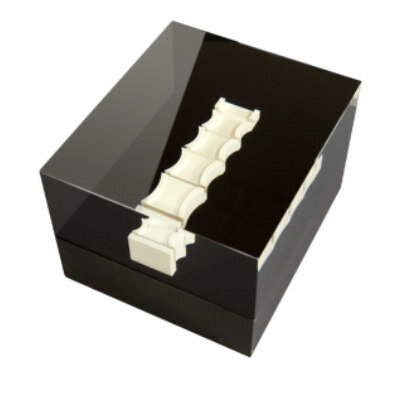PET or PET/CT Benefits in Bone, Soft Tissue Tumors Not Validated
By MedImaging International staff writers
Posted on 19 Mar 2013
For patients with bone and soft tissue tumors, the study data currently available allow no distinct conclusions as to the advantages and disadvantages of using positron emission tomography (PET), alone or in combination with computed tomography (CT). This is because no studies have directly compared the benefit of these imaging techniques with conventional diagnostics. Furthermore, the few available studies on diagnostic accuracy do not show any relevant differences. Posted on 19 Mar 2013
This is the conclusion of the final report of the German Institute for Quality and Efficiency in Health Care (IQWiG; Cologne; Germany) published on February 15, 2013. Bone and soft tissue tumors are rare diseases of the musculoskeletal system and soft tissue. Malignant types are especially rare; they only represent a comparatively small percentage of all cancers. Soft tissue tumors arise from different types of connective tissue (e.g., fibrous or fat tissue). They are responsible for approximately 1% of cancer deaths in Germany yearly. However, the proportion of bone tumors is lower.
Many specialists hope that an examination using PET or PET/CT alone or in combination with other methods is better able to differentiate between benign and malignant tumors (primary diagnostics). PET is used to help categorize the stage of the tumors accurately (primary staging) and better assess whether they respond to therapy (restaging). Experts also hope that PET or PET/CT helps them find out earlier, and with greater certainty, whether a recurrence has occurred or a secondary tumor (metastasis) has developed. These data should help them give better treatment recommendations to patients.
IQWiG, therefore, searched the international literature for studies that had examined the consequences of a diagnostic intervention using PET or PET/CT on health aspects of direct relevance to patients. For example, the test findings, and appropriately personalized treatment, could contribute to better chances of survival for patients, spare them unnecessary treatment or additionally diagnostic interventions, or improve their quality of life. However, the search for such studies was unsuccessful, so the question as to the patient-relevant benefit of PET or PET/CT in bone and soft tissue tumors had to remain unanswered.
Moreover, IQWiG searched for studies that had assessed the diagnostic and prognostic accuracy, i.e., the accuracy of diagnosis and the power to predict the course of disease, of PET or PET/CT or that had compared PET or PET/CT and other testing methods regarding these criteria. The basic question is how often an investigation gives a correct result. On the one hand, it should overlook true tumors as rarely as possible, but on the other, it should raise false suspicions as rarely as possible.
IQWiG assessed the findings of a total of 32 individual studies on this topic. However, most of these studies only included few participants and were also susceptible to bias, so their results are subject to great uncertainty. Eight of these studies compared PET or PET/CT with conventional imaging techniques (magnetic resonance imaging [MRI], X-ray, CT). However, none of these eight studies found the diagnostic accuracy of PET or PET/CT to be statistically significantly higher than conventional techniques. No prognostic accuracy studies comparing PET or PET/CT with conventional techniques were found.
In conclusion, according to the IQWiG, the possible advantages of PET or PET/CT imaging in comparison with conventional techniques still remain unclear.
Related Links:
German Institute for Quality and Efficiency in Health Care














